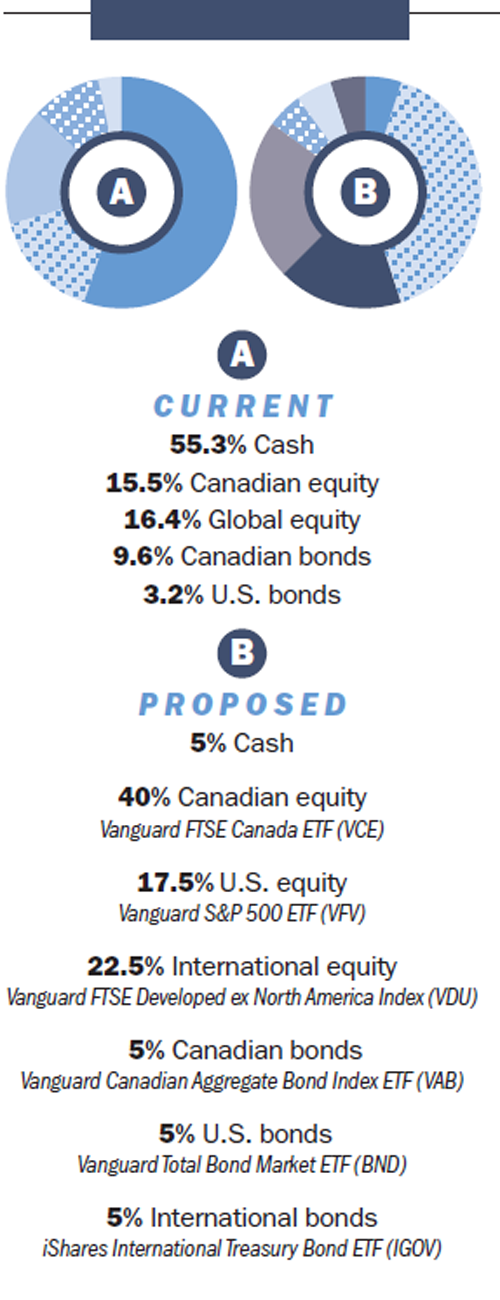Investing for the future without a pension plan
Rose's conservatism is holding her back.
Advertisement
Rose's conservatism is holding her back.

 The Solution
The SolutionShare this article Share on Facebook Share on Twitter Share on Linkedin Share on Reddit Share on Email